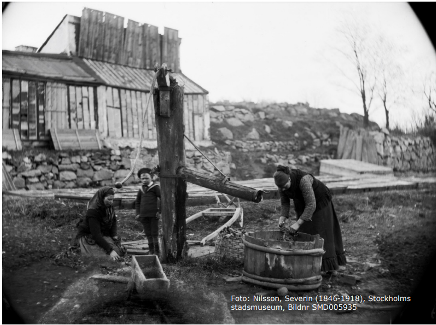Mistra InfraMaint study becomes a book
What is the history of municipal infrastructure in Sweden? One of our projects investigated this in a historical study of how our municipalities’ street networks and water and sewage systems have developed and been managed. The study is now published in book form.

In order to build strong infrastructure systems in the future, we need to see and learn from the past. This was the starting point for the historical study conducted by Pär Blomkvist, Associate Professor and Senior Lecturer at Mälardalen University.
Since the project began, the threat of the climate crisis and its effects on infrastructure systems and society have become even clearer.
“When the book is published in September 2023, Sweden and many other countries in Europe and across the world will have experienced another extremely hot summer with water shortages, agricultural crises and burning forests, not to mention deforestation, rising sea temperatures, melting polar ice, wildlife extinction and Russian ecocide in Ukraine,” writes Pär Blomkvist ahead of the launch of the book based on his research report. Published by the International Water Association Publishing (IWAP), the book will be released on September 15 as Open Access.
The report, released in June this year, shows the importance of the historical legacy of our systems – it helps us to understand, for example, how the different infrastructure laws evolved and why they are organized in a certain way. Having such an overview of the systems is a way to better understand the situation we are in today, and how we got there.
“Infrastructure development is essential to adapt society to the challenges ahead. To mitigate the effects of the climate crisis, at least in part, municipal infrastructure, streets, water and sanitation systems need to be renovated and strengthened. My hope is that insights from history can help achieve that goal,” says Pär Blomqvist.
You can find the book here. The full research report is available here.